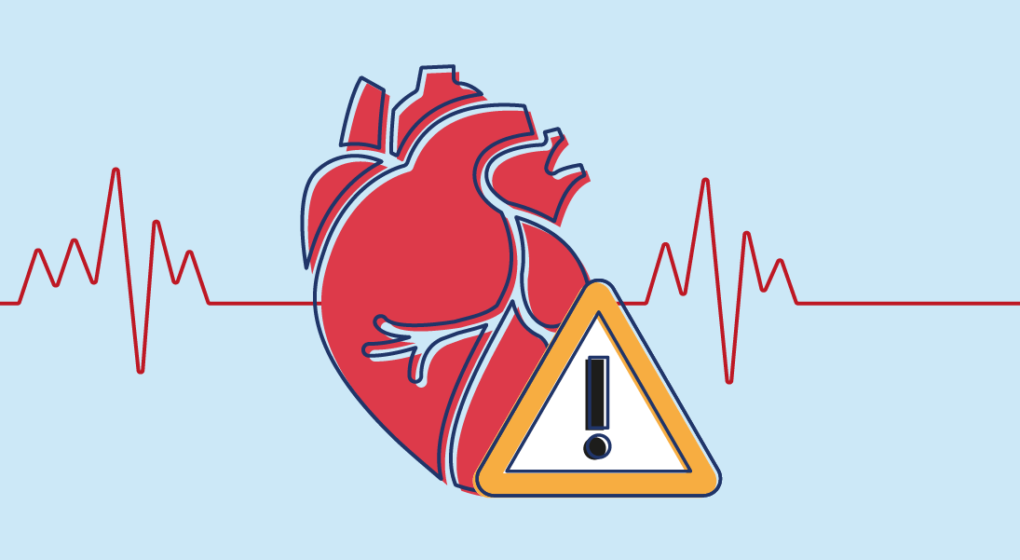Overview:
In our fast-paced modern world, achieving physical harmony often feels like a distant dream. However, aligning your body correctly can lead to a plethora of benefits, from pain relief to improved mental clarity. This guide will explore the importance of alignment, the practical steps to achieve it, and the long-term benefits of maintaining physical harmony.
Understanding Physical Alignment:
Physical alignment refers to the optimal positioning of your body segments in relation to one another. When your body is aligned correctly, your muscles, joints, and spine work harmoniously, reducing stress and strain. Misalignment, on the other hand, can lead to chronic pain, fatigue, and even injuries.
The Importance of Good Posture:

Good posture is the cornerstone of physical alignment. It ensures that your body is balanced and that weight is distributed evenly. Poor posture can result from various factors, such as prolonged sitting, improper lifting techniques, or even emotional stress. Over time, poor posture can lead to musculoskeletal imbalances, affecting your overall health and well-being.
Common Posture Problems:
Forward Head Posture:
Often caused by excessive use of smartphones and computers, this posture can lead to neck and shoulder pain.
Rounded Shoulders:
This is common among people who spend long hours at desks, leading to upper back pain.
Anterior Pelvic Tilt:
This posture, where the pelvis tilts forward, can cause lower back pain and is often due to prolonged sitting or weak core muscles.
Steps to Achieve Physical Harmony:
Achieving physical harmony through alignment involves a combination of exercises, mindful practices, chiropractic care, and lifestyle adjustments. Here are some practical steps:

- Strengthen Core Muscles:
Your core muscles support your spine and play a crucial role in maintaining good posture. Incorporate exercises like planks, bridges, and abdominal crunches into your routine to strengthen your core.
- Stretch Regularly:
Regular stretching helps maintain flexibility and prevents muscles from becoming tight and imbalanced. Focus on stretching key areas such as the neck, shoulders, chest, hips, and hamstrings. Techniques like dynamic stretching before exercise and static stretching afterward can be particularly effective.
- Practice Mindful Movement:
Activities like yoga and Pilates emphasize mindful movement and body awareness, promoting proper alignment. These practices not only strengthen and stretch your muscles but also improve your posture and balance. With its slow and deliberate movements, Tai Chi is another excellent option for enhancing body awareness and alignment.

- Ergonomic Adjustments:
Ensure that your workspace is ergonomically sound. Adjust your chair, desk, and computer screen to promote good posture. Use supportive chairs that encourage a neutral spine position, and consider standing desks if possible. When using a computer, keep the screen at eye level and your feet flat on the ground to avoid slouching.
- Stay Active:
Sedentary lifestyles contribute to poor posture and alignment issues. Incorporate regular physical activity into your day, whether it’s a brisk walk, a workout session, or even simple stretches during breaks. Set reminders to stand up and move every hour, especially if you have a desk job.

- Chiropractic Care:
Chiropractic care is an effective method to address and correct misalignments in the spine and other joints. Chiropractors use manual adjustments to restore proper alignment, relieve pain, and improve overall function. Regular chiropractic sessions can help maintain alignment and prevent future issues. Chiropractic care can also address underlying issues, such as spinal misalignments (subluxations) that may not be immediately apparent but contribute to overall discomfort.
- Massage Therapy:
Massage therapy can be a valuable addition to your alignment regimen. Regular massages help release muscle tension, improve blood flow, and enhance the flexibility of your muscles and joints. This, in turn, can promote better posture and alignment by addressing muscle imbalances and tightness that contribute to misalignment.
- Seek Professional Help:
If you’re experiencing chronic pain or severe alignment issues, consider consulting a chiropractor or physical therapist. These professionals can provide personalized assessments and treatments to help correct misalignments. They can also offer advice on exercises and lifestyle changes to support long-term alignment and health.
Long-term Benefits of Physical Alignment:
Maintaining proper physical alignment offers numerous benefits that extend beyond physical health. Here are some long-term advantages:

- Pain Relief:
Proper alignment reduces strain on muscles and joints, alleviating pain in the neck, back, shoulders, and hips. Many individuals find significant relief from chronic pain by simply correcting their posture. This can lead to a reduction in the need for pain medication and an overall improvement in quality of life.
- Improved Mobility:
When your body is aligned, your range of motion improves. This makes daily activities easier and reduces the risk of injuries caused by limited mobility or compensatory movements. Improved mobility also supports better physical performance in sports and exercise.

- Enhanced Athletic Performance:
Athletes benefit from proper alignment through improved balance, strength, and coordination. Correct alignment allows for more efficient movement patterns, enhancing overall performance and reducing the likelihood of sports-related injuries. Whether you’re a professional athlete or a weekend warrior, maintaining alignment can give you a competitive edge.
- Better Breathing:
Good posture opens up the chest cavity, allowing for better lung expansion and improved breathing. This can enhance oxygen flow throughout the body, boosting energy levels and mental clarity. Improved breathing also supports better cardiovascular health and overall physical endurance.

- Positive Mental Health:
Physical alignment is closely linked to mental well-being. Good posture can reduce stress, improve mood, and increase confidence. The mind-body connection plays a vital role in how we feel both physically and emotionally. When your body is aligned, you’re more likely to feel balanced and centered, which can positively impact your mental health.
- Improved Digestion:
Proper alignment can also benefit your digestive health. When you maintain good posture, your internal organs are positioned correctly, allowing for optimal digestion and reducing issues such as acid reflux and constipation. This can lead to better nutrient absorption and overall digestive comfort.
- Enhanced Sleep Quality:
Good posture and alignment can contribute to better sleep quality. When your body is properly aligned, you’re less likely to experience discomfort and pain that can disrupt your sleep. Investing in a supportive mattress and pillows that promote good alignment can further enhance your sleep experience.
Conclusion:

Achieving and maintaining physical harmony through proper alignment is a journey worth embarking on. By understanding the importance of good posture, incorporating exercises to strengthen and stretch key muscles, making mindful adjustments to your daily habits, and considering chiropractic care and massage therapy, you can experience profound improvements in your overall health and well-being. Remember, small changes can lead to significant results. Start today, and let the path to physical harmony transform your life.



